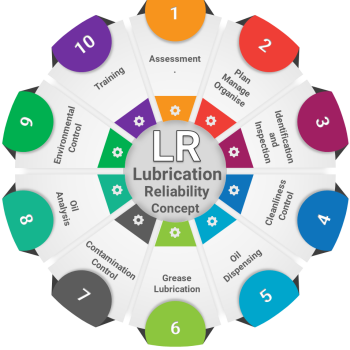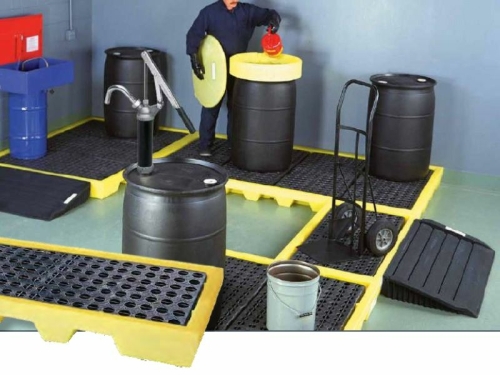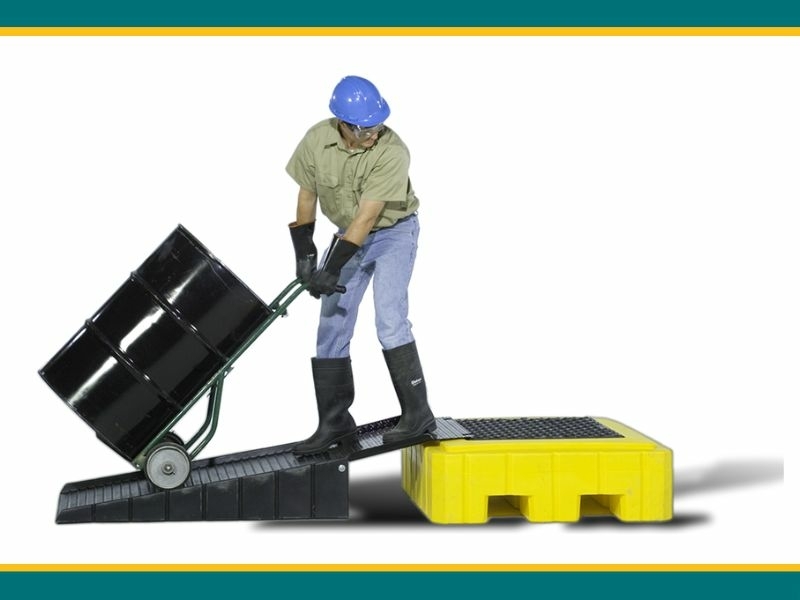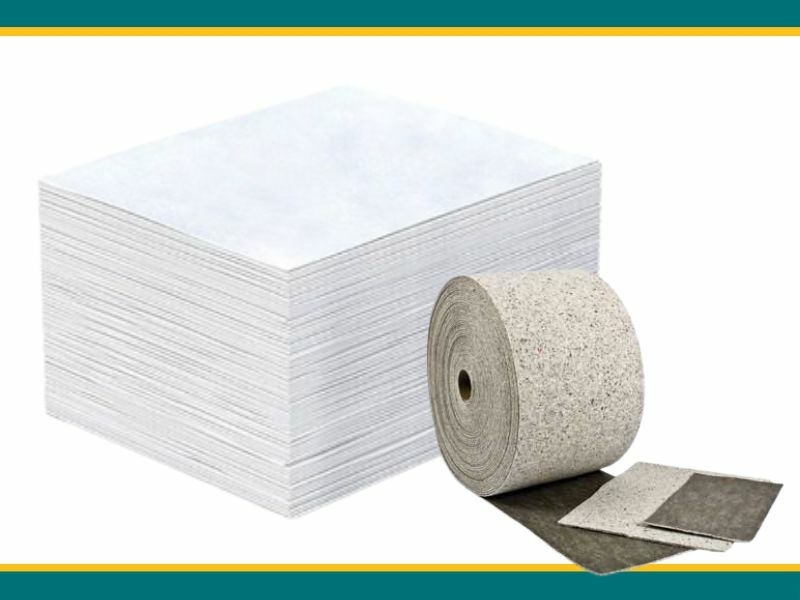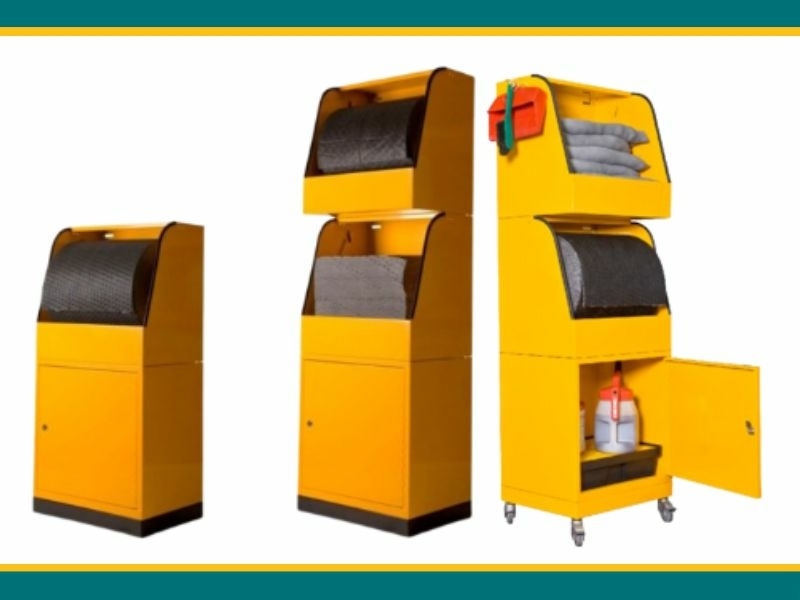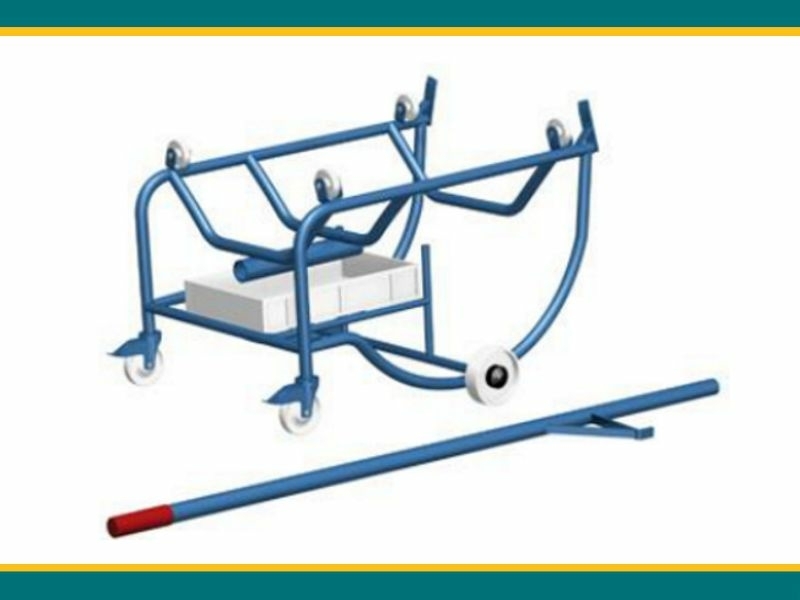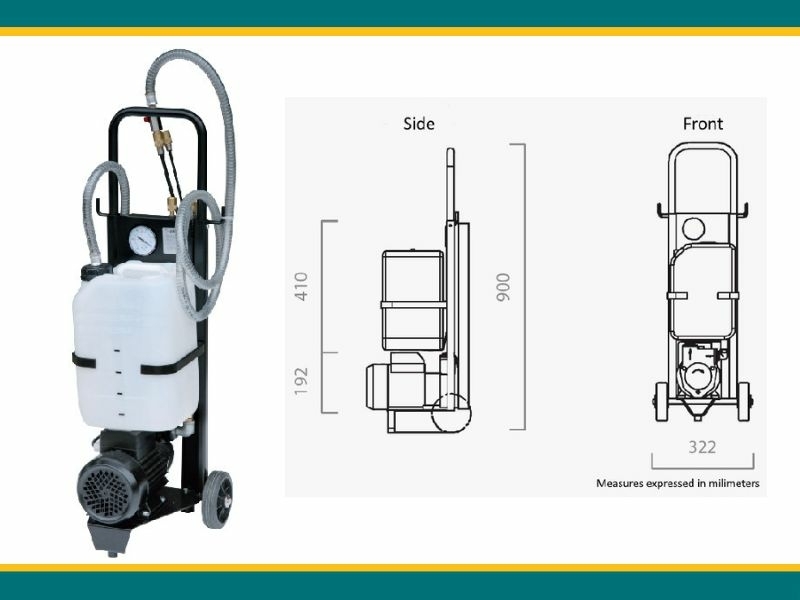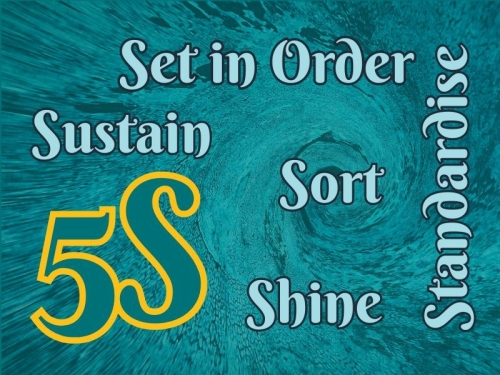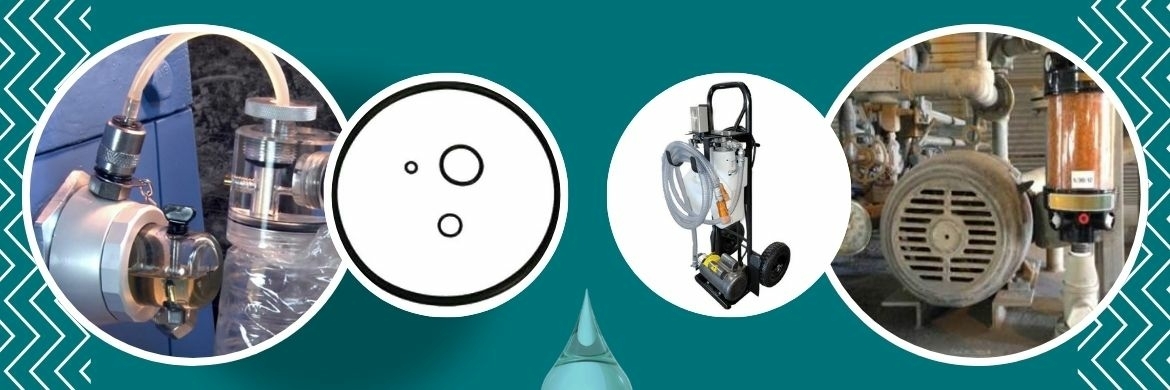Clean surroundings support clean lubrication
A clean, organised workspace plays a fundamental role in effective lubrication reliability. Beyond just visual appeal, good housekeeping directly contributes to better contamination control, reduced waste, improved safety, and regulatory compliance. Step 9 addresses why maintaining a clean working environment is vital for both equipment reliability and environmental responsibility.

